| Company Name: |
Biorbyt Ltd.
|
| Tel: |
+44 (0)1223 859 353 |
| Email: |
info@biorbyt.com |
| Products Intro: |
Cas:83-88-5
ProductName:Riboflavine
|
- Riboflavine
-
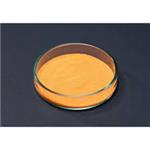
- $1.00 / 1g
-
2025-02-13
- CAS:83-88-5
- Min. Order: 1g
- Purity: 99%
- Supply Ability: 30000
- Riboflavine
-
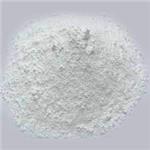
- $0.00 / 1g
-
2024-11-19
- CAS:83-88-5
- Min. Order: 1g
- Purity: 98% HPLC
- Supply Ability: 1000kg
- Riboflavine
-
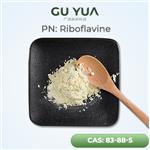
- $10.00 / 1kg
-
2024-03-08
- CAS:83-88-5
- Min. Order: 1kg
- Purity: 99%
- Supply Ability: 1000kg
Related articles - Application of Riboflavin
- Riboflavin is a B vitamin. It is involved in many processes in the body and is necessary for normal cell growth and function. ....
- Oct 30,2019
|
| | Riboflavine Basic information |
| Product Name: | Riboflavine | | Synonyms: | 7,8-dimethyl-10-((2S,3S,4R)-2,3,4,5-tetrahydroxypentyl)benzo[g]pteridine-2,4(3H,10H)-dione;Vitamin B2(Riboflavin-5-Sodium Phosphate);7,8-dimethyl-10-(d-ribo-2,3,4,5-tetrahydroxypentyl)-isoalloxazin;7,8-Dimethyl-10-(d-ribo-2,3,4,5-tetrahydroxypentyl)isoalloxazine;7,8-dimethyl-10-(d-ribo-2,3,4,5-tetrahydroxypentyl)-isoalloxazine;7,8-dimethyl-10-d-ribityl-isoalloxazin;Aqua-Flave;Beflavin | | CAS: | 83-88-5 | | MF: | C17H20N4O6 | | MW: | 376.36 | | EINECS: | 201-507-1 | | Product Categories: | Miscellaneous Natural Products;Chiral Reagents;Heterocycles;Intermediates & Fine Chemicals;PHARMACEUTICALS;API;FLAVAXIN;Isolabel;vitamin;Vitamin series;Inhibitor of poly(ethylene glycol) oxidation.;Inhibitors;Miscellaneous Compounds;Vitamins and derivatives;Vitamin Ingredients;Biochemistry;Vitamins;Nutritional Supplements;83-88-5 | | Mol File: | 83-88-5.mol | 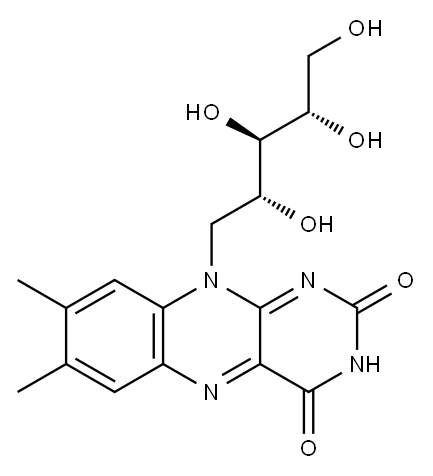 |
| | Riboflavine Chemical Properties |
| Melting point | 290 °C (dec.)(lit.) | | alpha | -135 º (c=5, 0.05 M NaOH) | | Boiling point | 504.93°C (rough estimate) | | density | 1.2112 (rough estimate) | | bulk density | 100kg/m3 | | refractive index | -135 ° (C=0.5, JP Method) | | Fp | 9℃ | | storage temp. | 2-8°C | | solubility | Very slightly soluble in water, practically insoluble in ethanol (96 per cent). Solutions deteriorate on exposure to light, especially in the presence of alkali. It shows polymorphism (5.9). | | form | Powder | | pka | 1.7(at 25℃) | | color | Yellow to orange | | Odor | Slight odour | | PH Range | 6 | | PH | 5.5-7.2 (0.07g/l, H2O, 20°C) | | optical activity | [α]/D -135.0 to -155.0°, c =0.5% in 0.05 M NaOH (dry basis) | | biological source | synthetic | | Water Solubility | 0.07 g/L (20 ºC) | | Sensitive | Light Sensitive | | Merck | 14,8200 | | BRN | 97825 | | BCS Class | 1 | | Stability: | Stable, but light-sensitive. Incompatible with strong oxidizing agents, reducing agents, bases, calcium, metallic salts. May be moisture sensitive. | | InChIKey | AUNGANRZJHBGPY-SCRDCRAPSA-N | | LogP | -2.009 (est) | | CAS DataBase Reference | 83-88-5(CAS DataBase Reference) | | NIST Chemistry Reference | Riboflavine(83-88-5) | | EPA Substance Registry System | Riboflavin (83-88-5) |
| | Riboflavine Usage And Synthesis |
| Chemical Properties |
Riboflavin is moderately soluble in water (10–13 mg/dl) and ethanol but insoluble in ether, chloroform, and acetone. It is soluble but unstable under alkaline conditions.
The catalytic functions of riboflavin are carried out primarily at positions N-1, N-5, and C-4 of the isoalloxazine nucleus. In addition, the methyl group at C-8 participates in covalent bonding with enzyme proteins.
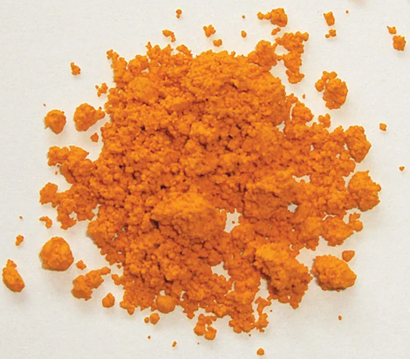
| | Uses | People most commonly use riboflavin to prevent riboflavin deficiency, for migraine, and for high levels of homocysteine in the blood. It's also used for acne, muscle cramps, and many other conditions, but there is no good scientific evidence to support these other uses.
| | Side effects | In some people, riboflavin can cause the urine to turn a bright yellow color. It may also cause nausea.
| | Toxicology | Poison by intravenous route. Moderately toxic by intraperitoneal and subcutaneous routes. Mutation data reported. When heated to decomposition it emits toxic fumes of NOx. | | Source | Riboflavin is widely found in both plant- and animal-based foods, including milk, meat, eggs, nuts, enriched flour, and green vegetables.
| | Dosage |
When taken by mouth: Riboflavin is likely safe for most people in doses of up to 400 mg daily. In some people, riboflavin can cause the urine to turn a bright yellow color. It may also cause nausea. Pregnancy and breast-feeding: Riboflavin is likely safe when consumed in amounts commonly found in foods. The recommended intake is 1.4 mg daily during pregnancy and 1.6 mg daily during lactation.
Children: Riboflavin is likely safe for most children when consumed in amounts commonly found in foods. Higher doses of 100-200 mg daily have also been safely used.
|
| | Riboflavine Preparation Products And Raw materials |
|